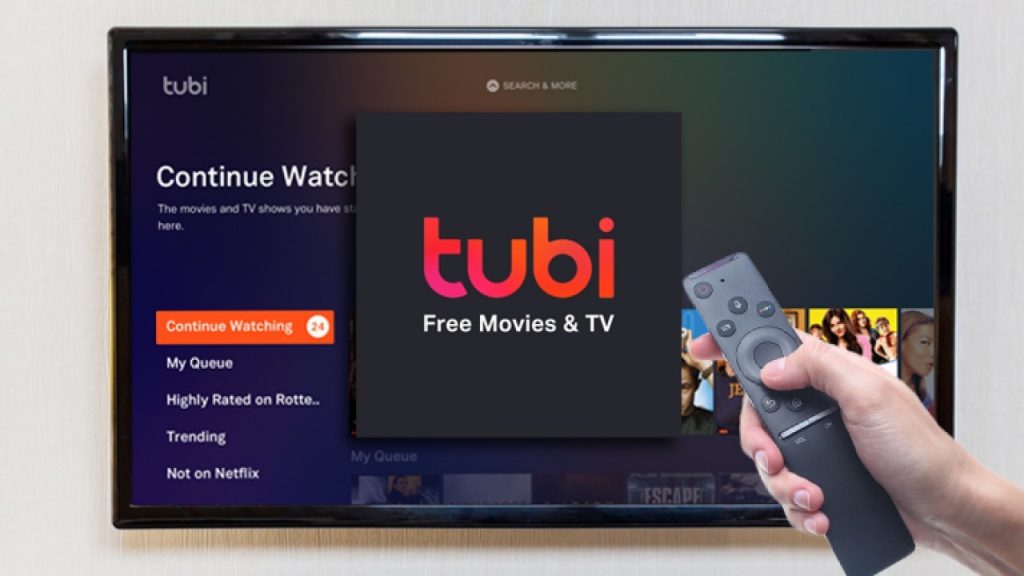The Future of TV is FAST… and also the Past
May 10, 2023

The Great Streaming War of the early 2020s is finally over. Like so many wars, this one ends with many losers, but no clear winner. And we, the viewing audience, are left with too many choices and too much cost.
Let’s briefly recall why the Streaming War was fought. Not long ago, SVoD (streaming video on demand) promised a bright future of limitless, premium content for everyone with a broadband connection – and at a low monthly cost. This was the Age of Netflix: House of Cards and Orange is the New Black took our TVs by storm, and we loved it. We loved dumping our bloated, expensive cable bundles even more. But the joy proved short-lived as every major TV provider and distributor tried to catch the Netflix wave at the exact same time.
Today, the very idea of ‘watching TV’ is losing its meaning. Netflix is one of many SVOD services clamouring for our attention – and wallets. HBO Max (soon to be just ‘Max’), Disney+, Peacock, Prime Video, and the rest all offer variations of ‘prestige TV,’ combined with popular legacy content, all for a monthly fee. This landscape is just a balkanised cable TV bundle: still too much we don’t want to watch, and still too expensive when broadband costs are added to multiple streaming subscriptions.
Frustrating? You bet. A recent NPR poll showed that 69 per cent of viewers think there are too many providers, while 58 per cent feel there’s “too much choice.” As a TV viewer myself, I dread scrolling through the streamers’ splashy ad pages and trailers, as well as the FOMO of choosing the wrong series to watch.
Luckily, there’s a glimmer of hope on the horizon – and it’s coming from the past.
The newest and possibly best recent evolution in TV are FAST channels. Free, Advertising-Supported TV providers mimic much of what we liked about the cable bundles of yore. They offer a robust channel guide of familiar, easy-to-watch content scheduled by the hour, without what we didn’t like: a thumping monthly fee with contracts nearly impossible to cancel.
By many measures, FAST is already here. Channels are proliferating, and ad revenue is expected to top $6 billion a year by 2025. A provider like Tubi offers a line-up of genre channels (crime, cooking, sci-fi, etc.), news channels, and even specific TV series channels, combined with content collections from traditional cable nets like A&E and Lifetime – all without subscriptions or fees. So, if you don’t mind ads, then FAST is probably for you. And as a TV content creator, it’s also for me.
One problem FAST channels can solve is the unsustainable cost of all that endless premium drama TV the big SVoDs provide. The shows can be great, but they’re also the most expensive shows ever made. Netflix reportedly spent about $30 million per episode for Stranger Things season four and the first season of Amazon’s Rings of Power was variously reported to cost nearly $500 million. Yet with audiences collectively shrugging and / or flipping to a Wicked Tuna marathon on a FAST channel, it’s easy to see why the biggest streamers and studio have begun shedding content – and jobs. The current Writer’s Guild strike over poor pay and inconsistent work is another clear signal that premium SVoD is struggling to pay for itself.
FAST is the ideal platform for low-cost, premium-feeling content: specifically, factual historical dramas that combine documentary components with compelling narrative stories. As a creator and producer of numerous factual dramas, I know first-hand they can be as good as most ‘premium’ fare, but without the bloated costs.
History provides what I think of as limitless ‘free IP’. The characters, events, and stories are already well-known to viewers. Henry VIII? Cleopatra? Napoleon? Most viewers have least the notion their stories are intense, sexy and dramatic – without the enormous expense of adapting acquired IP from other sources.
And before anyone claims viewers aren’t interested in history, let’s note the ‘Yellowstone Effect’ now sweeping American TV. The smash-hit contemporary western series from Paramount+ has spawned two prequel series set in the old west, while Netflix and Amazon are also developing new prestige-drama Westerns.
Westerns are the perfect genre for factual drama: production value supplied mainly by American’s epic western landscapes, gripping stories about individuals and small groups, beloved cultural tropes, and historical themes deeply resonant today. And it’s all derived from stories and people firmly planted in the public domain.
That’s why I believe the future of TV is FAST approaching – and why turning to the past provides the content engine to keep those FAST channels moving, well, fast.
Guest blog by Paul Epstein.
Other posts by Paul Epstein:
